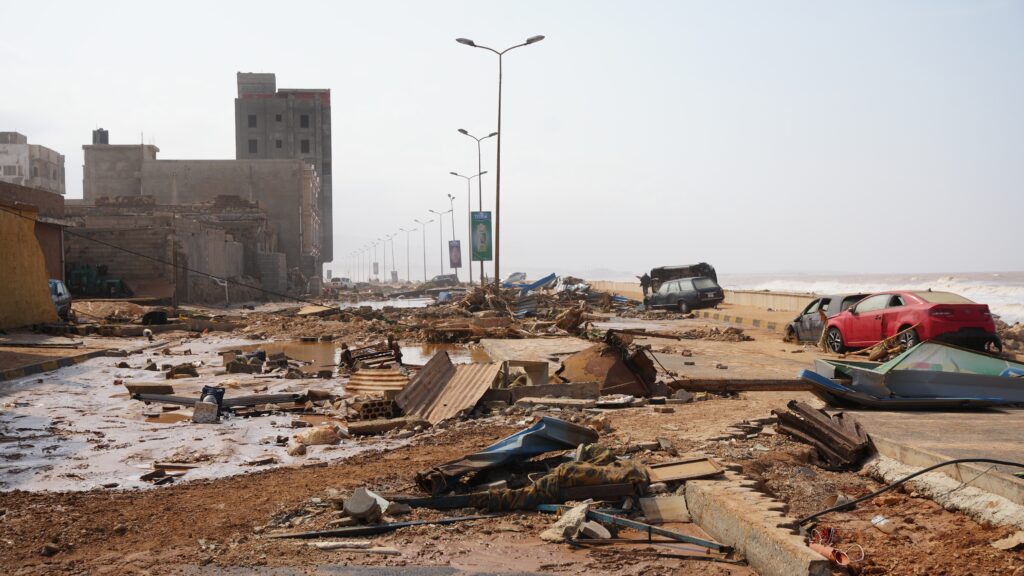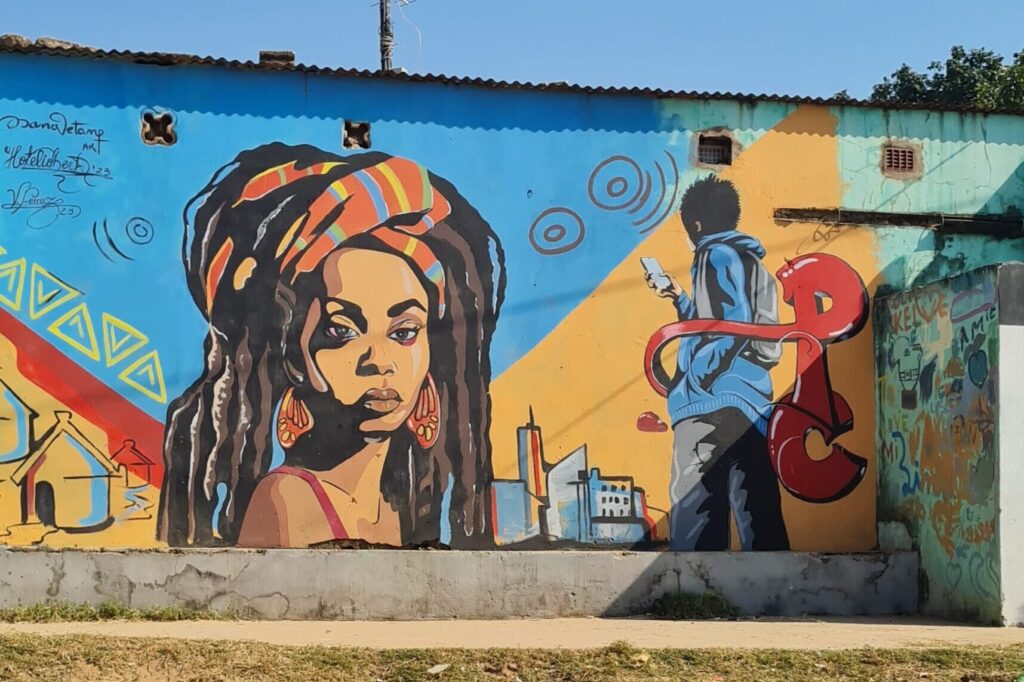PCi’s Conflict Sensitivity Interaction Typology is designed to help development and humanitarian aid actors identify how their interventions shape, and are shaped by, the contexts in which they operate. Over the years, we have refined this framework to capture the complexities of aid interactions. In our latest update, we have introduced a new effect: the Position and Behaviour effect. This addition acknowledges that who we are, who we represent, and how we behave can influence stakeholders, shape local dynamics, and even affect our own understanding of the context.
This blog post introduces the Position and Behaviour effect and explains why it matters for aid programming. Since the beginning of Conflict Sensitivity and Do No Harm practice, generally associated with the publication of Do No Harm: How Aid Can Support Peace – or War by Mary Anderson, it was recognised that aid impacts conflict through implicit ethical messages, for example using armed groups to facilitate the distribution of aid. What has received considerably less attention to date is how the positions, identities and experiences of aid practitioners and organisations affect conflict dynamics.
What is the Position and Behaviour effect?
The Position and Behaviour effect highlights how the identities, privileges, and actions of aid actors influence the contexts in which they work. Unlike other ways aid interacts with conflict—such as through distribution or recognition—this effect highlights the often-overlooked impact of who we are and how we behave.
Every aid intervention is carried out by individuals and organisations that bring their own histories, privileges, and perspectives. Too often unconsciously, these factors shape relationships with stakeholders and beneficiaries, influence perceptions of legitimacy, and affect the power dynamics within a given context. Without reflexivity, practitioners may unknowingly filter information through their own biases, leading to misjudgements about conflict drivers and community needs. Recognizing this effect is therefore essential—not to avoid action, but to ensure aid interventions are informed by self-awareness, humility, and meaningful engagement with local perspectives.
For instance, an international NGO delivers gender equality programmes in a country where gender norms are performed differently, without knowing the nuances and, most importantly, without acknowledging the limited understanding of these dynamics. This cannot only be seen as an external actor imposing foreign values, but it can also reinforce exclusion and even be experienced as a form of violence against already marginalised groups. Even if the program is well-intended, it may inadvertently trigger resistance, reinforce divisions, or place local partners at risk.
The Position and Behaviour effect and the debate on decolonizing aid
The Position and Behaviour effect is deeply connected to ongoing discussions about decolonising aid and addressing racism in the sector. While conflict sensitivity has traditionally focused on programmatic impacts, this new addition to PCi’s Conflict Sensitivity Interaction Matrix challenges practitioners to critically reflect on how their own positions and behaviours influence their relations with other stakeholders and aid dynamics.
While there is increasing recognition of the need to “localise” aid, too often, international organisations continue to replicate rigid hierarchical structures rather than challenging them. As highlighted by Carla Vitantonio in her piece for the Humanitarian Leader, delivering aid without acknowledging the power derived from our identities risks reinforcing these dynamics3. It allows the illusion of neutrality to persist—confusing the aspiration to act impartially with the unfounded assumption that aid actors themselves are inherently neutral.
This failure to engage with power imbalances has real consequences. When aid actors replicate power dynamics and fail to critically assess their role in local contexts, they risk alienating communities and driving anger against foreign intervention. In a period when hostility toward international organizations is rising, this can have serious repercussions—not only for organisations but, more importantly, for local partners and marginalised groups reached by aid activities, who may face increased risks due to their association with international actors.
By incorporating the Position and Behaviour effect into conflict sensitivity practice, we aim to create a space for a constructive conversation about how identities, privileges and actions within the aid sector can inadvertently contribute to maintaining, rather than dismantling, unequal power structures. Reflexivity is not an obstacle to action—it is a necessary step toward making aid more just, effective, and responsive.
Conclusions
The addition of the Position and Behaviour effect to PCi’s Conflict Sensitivity Interaction Matrix marks an important step in recognizing the deeper, often unexamined, ways aid actors’ identities and actions shape the contexts in which they operate. By integrating reflexivity into conflict sensitivity, we open space for critical discussions on power, privilege, and the colonial legacies embedded in aid practices. Acknowledging that who we are and how we behave impacts our work is not a limitation—it is a necessary shift toward more responsible and effective interventions. Only through self-awareness can aid truly contribute to dismantling, rather than reinforcing, systemic inequalities.



